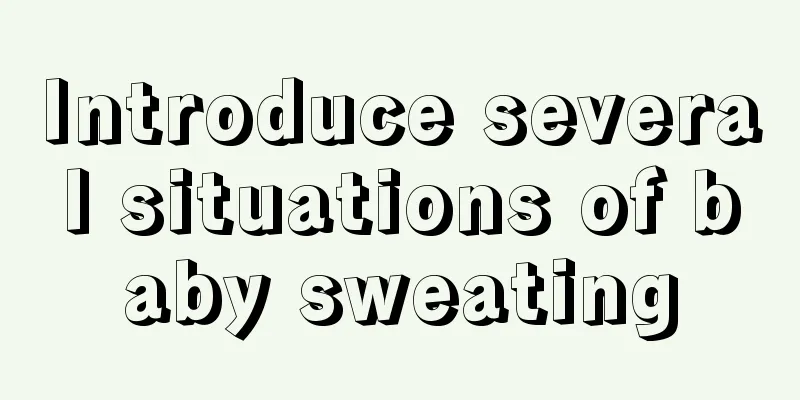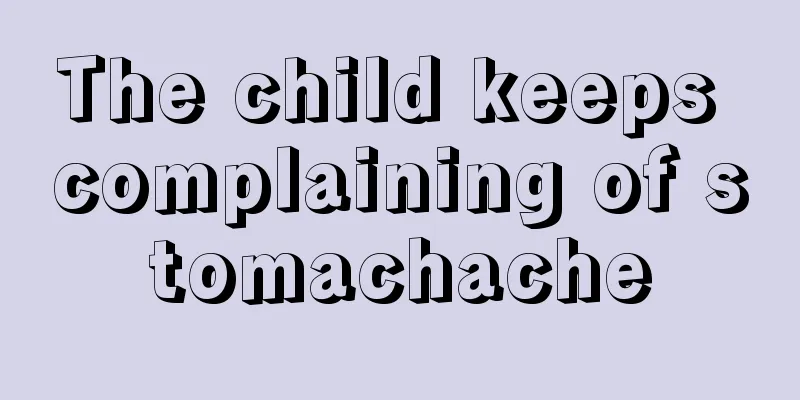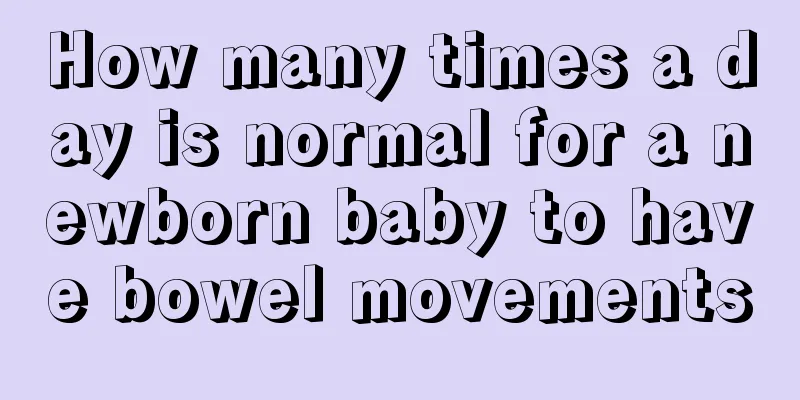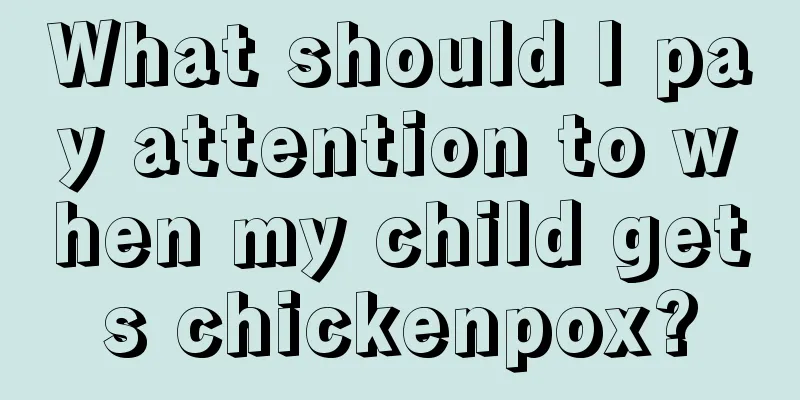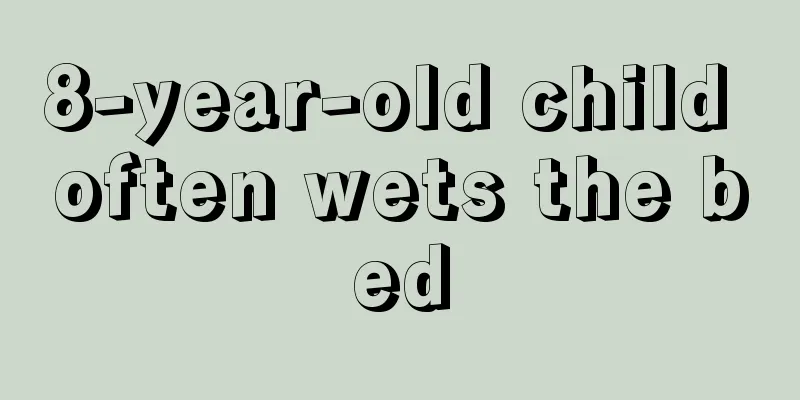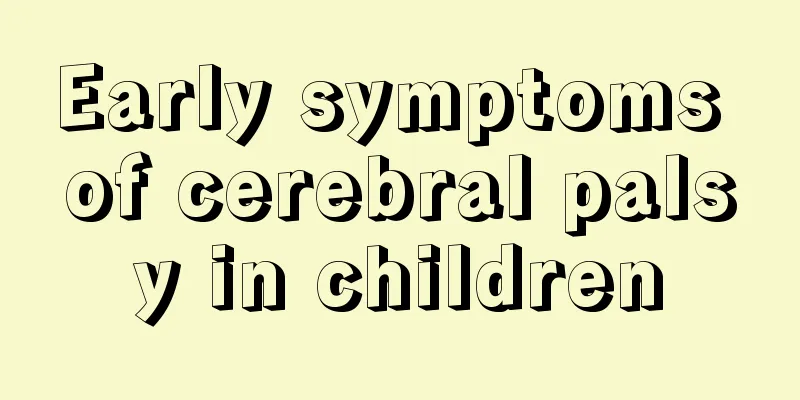Symptoms of rhinitis in children
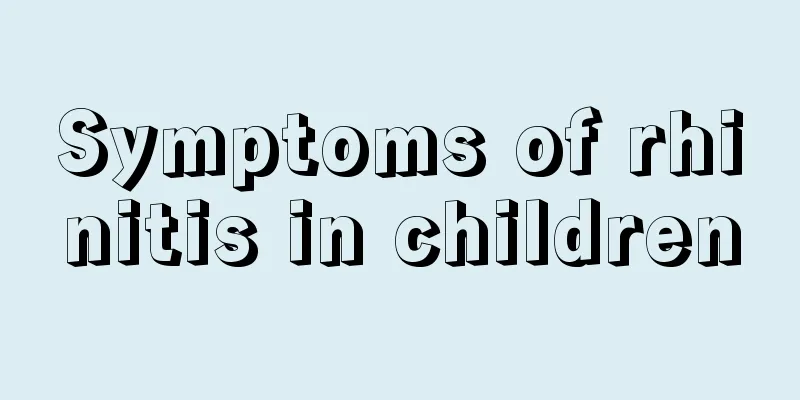
|
The nose is one of our five senses, and it is related to our breathing, so we must protect our nose in our daily life. If there is a problem with the nose, it will seriously affect our breathing, which will not only make us very uncomfortable but also lead to the occurrence of some diseases and reduce our quality of life. We need to understand some common symptoms of nose diseases in our daily life. Rhinitis is a common nasal disease. It not only occurs in adults, but also in children. The occurrence of rhinitis in children brings great torture to children, so we need to understand some symptoms of rhinitis in children, which will help us prevent and treat the disease. In addition to nasal congestion and purulent nasal discharge, children with rhinitis may also have fever, cough, mental depression, irritability, and may also be accompanied by otitis media, nosebleeds, and joint pain. Older children may also have headaches. After the formation of chronic rhinitis, there will be occlusive nasal sounds and mouth breathing, and the mucous nasal discharge will be inexhaustible. Long-term nasal obstruction and mouth breathing will affect the development of the face and chest. Parents should pay more attention to this. Allergic rhinitis in adults has typical symptoms and signs such as nasal itching, runny nose, and sneezing, which are easy to diagnose. However, the symptoms and signs of allergic rhinitis in children vary greatly and are mostly atypical. Common symptoms of allergic rhinitis in children include: itchy nose (children often rub their noses), alternating nasal congestion (dry and sore throat caused by mouth breathing), sneezing (usually sudden and severe), runny nose (mostly clear water, or purulent when infected), nasal congestion (decreased or absent sense of smell), dizziness, headache, stuffy ears, red and itchy eyes, and tears (dark circles under the eyes are caused by frequent rubbing of the eyes). Sinusitis in children The symptoms and signs of sinusitis in children are similar to those of the common cold, and diagnosis is somewhat difficult. Children with the following characteristics should consider the possibility of sinusitis and seek medical attention from the ENT department in a timely manner: first, the symptoms persist for more than 10 days; second, they suffer from upper respiratory tract inflammation several times a year, with fever and purulent nasal discharge. Maxillary sinusitis in children The common symptoms of maxillary sinusitis in children are long-term mild cough, making "hum, hum" sounds, accompanied by coughing up phlegm. This is actually not sputum secreted from the trachea, but the mucus produced by children's rhinitis that flows down to the throat, trachea and bronchi, and then causes a reflex cough to cough out the mucus. This kind of backflow of nasal mucus can cause long-term irritation to the upper respiratory tract, which can lead to chronic inflammation, bronchitis or spasm, and promote coughing and asthma; in turn, it affects the vascular changes in the nasal mucosa, causing symptoms such as nasal congestion, hoarseness, sore throat, etc., and aggravates sinus inflammation. Medically known as nasal pulmonary reflex syndrome. Eosinophilic rhinitis The disease is a hyperresponsive nasal disease characterized by eosinophilia in nasal secretions and a disorder of the complement fixation system. This is a congenital disease that usually begins to occur when children are over one year old. For most children, the symptoms will completely disappear after they reach puberty. Above, we introduced the importance of the nose to our human body. We breathe through our nose. If there is a problem with our nose, it will definitely affect our breathing. Therefore, we must know how to protect our nose in our daily life. Rhinitis is a common nasal disease. The above article introduces in detail the symptoms of rhinitis in children. |
<<: Diagnosis and treatment of common pediatric diseases
>>: Prevention and treatment of common childhood diseases
Recommend
What can a 2-year-old child eat to cure his cough quickly?
A two-year-old child does not have proper protect...
What is the most nutritious food for babies in spring?
Baby food is not complicated. In everyone's d...
What should I do if my child has a fever?
If a child has a weak constitution, he or she wil...
Newborn baby's mouth keeps moving when sleeping
When a newborn baby is sleeping, his mouth keeps ...
How to treat baby bronchitis
Bronchitis is a respiratory disease that everyone...
What should I do if my two-year-old child has diarrhea?
Diarrhea is a very common problem for babies. The...
What should I do if my child has a stomachache? It is enough to learn these methods
There are many reasons why children may have stom...
Why is the child's poop white?
When children are young, their poop is usually li...
How to prepare rice noodles for children?
Rice noodles are a kind of complementary food for...
There is a small lump on the newborn's chest
Newborns are a very special group. Because their ...
How to prevent cerebral palsy in infants and young children
Every baby is a little angel given by God to thei...
What causes headache and vomiting in children?
Vomiting is one of the common symptoms in childre...
My 3-year-old child cannot speak clearly
Babies start to imitate their parents' speech...
Children's foreskin swelling
Many children wear open-crotch pants when they ar...
Why does my baby urinate less?
The birth of a baby is a very happy thing for eve...
